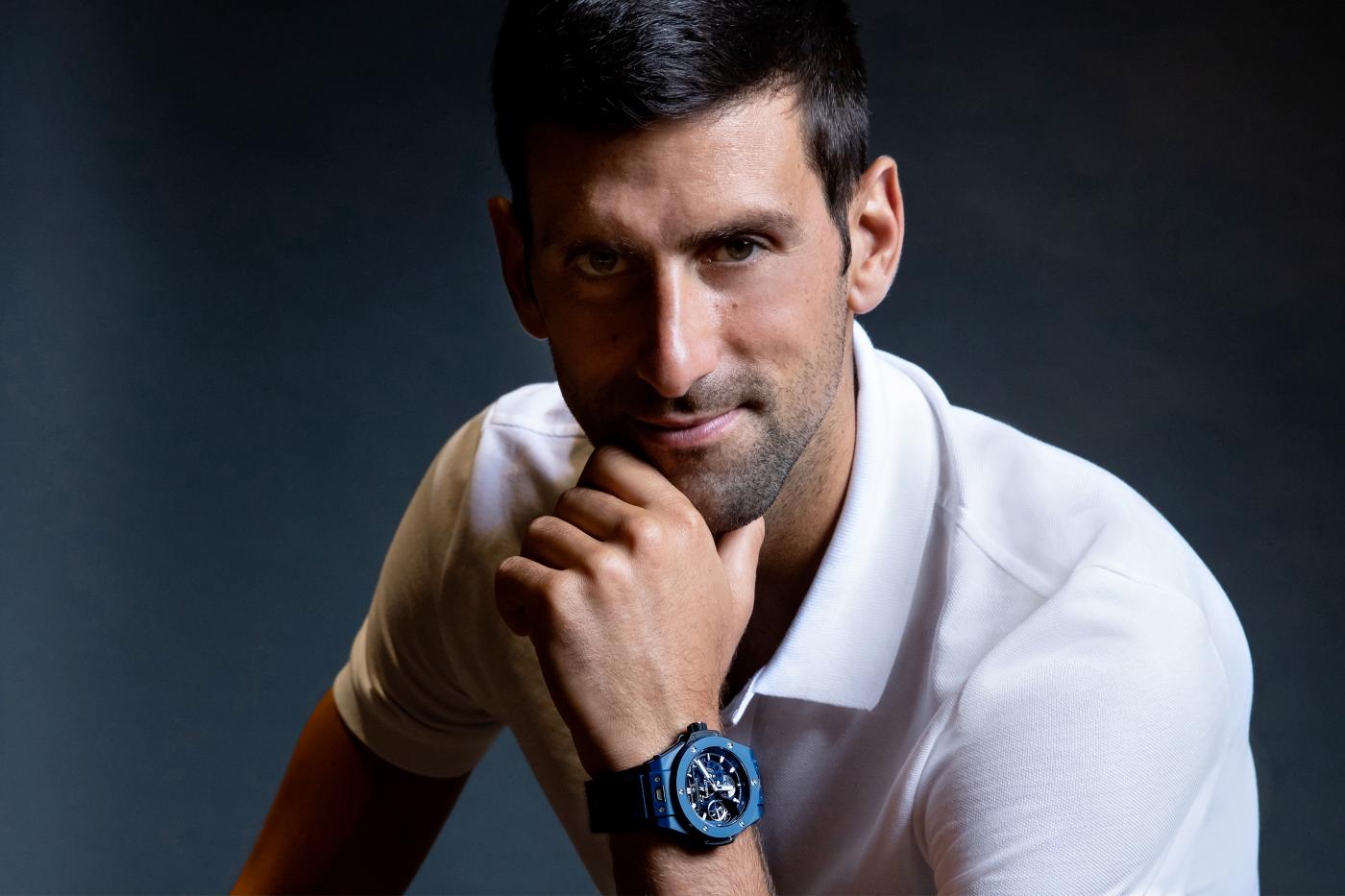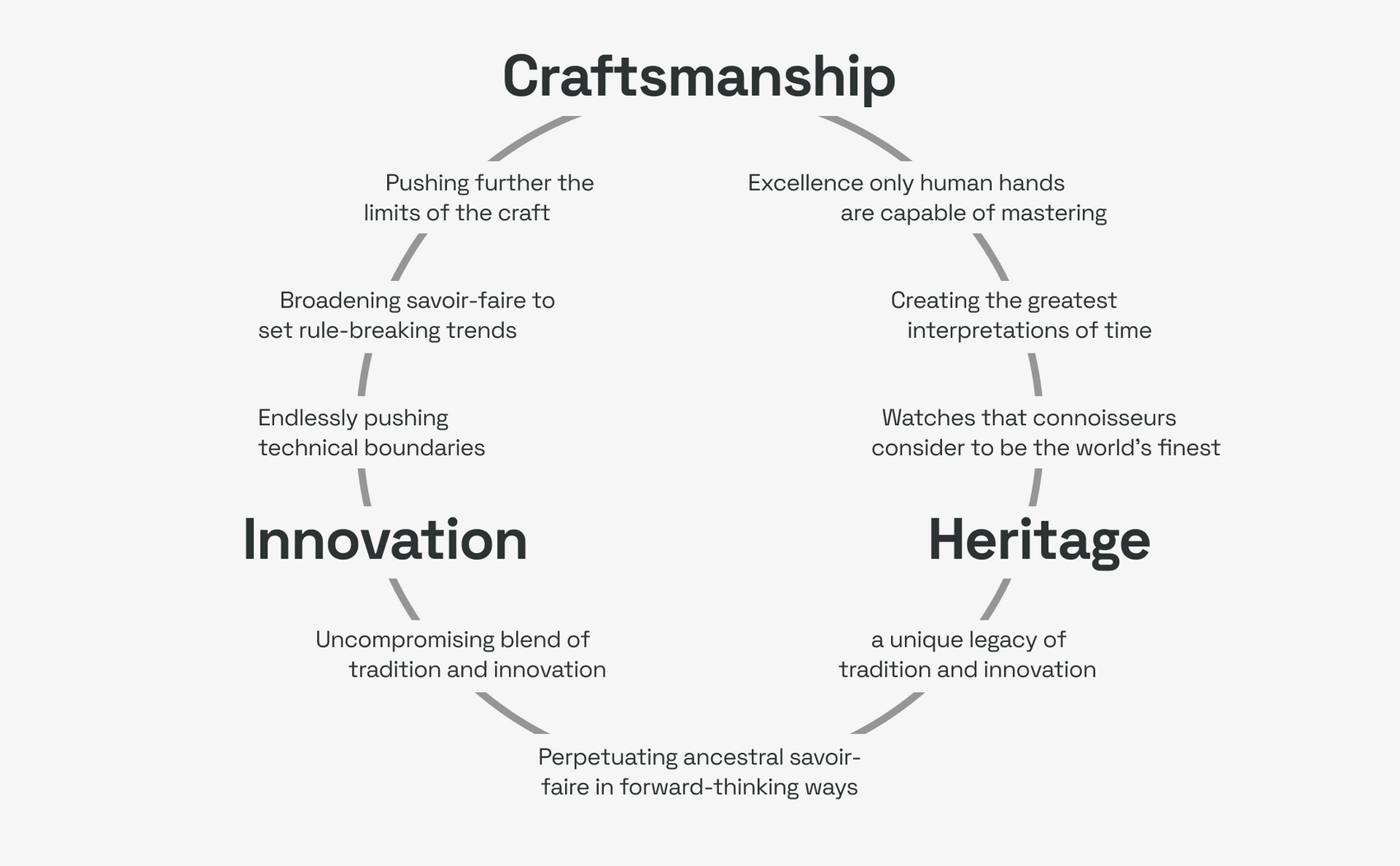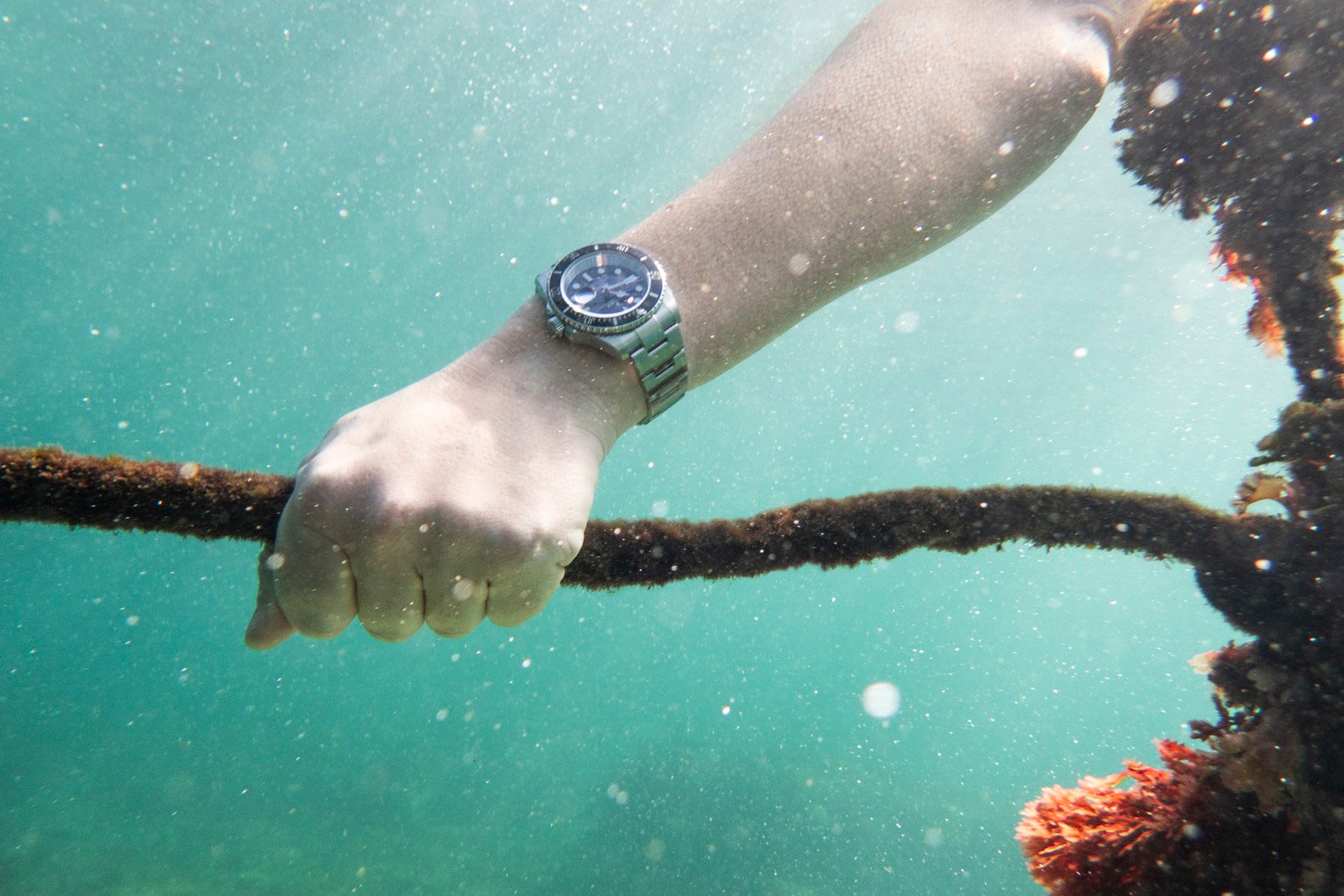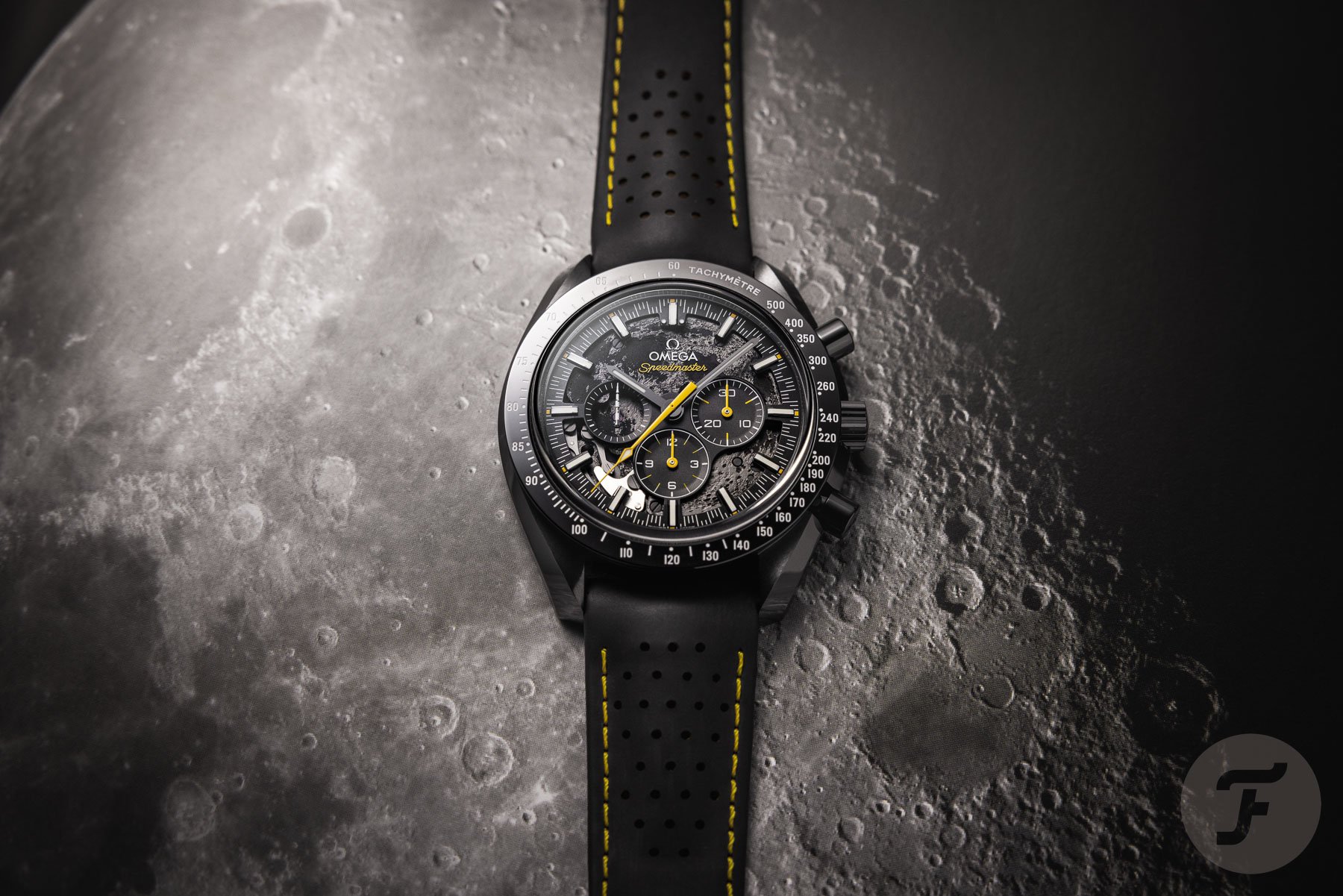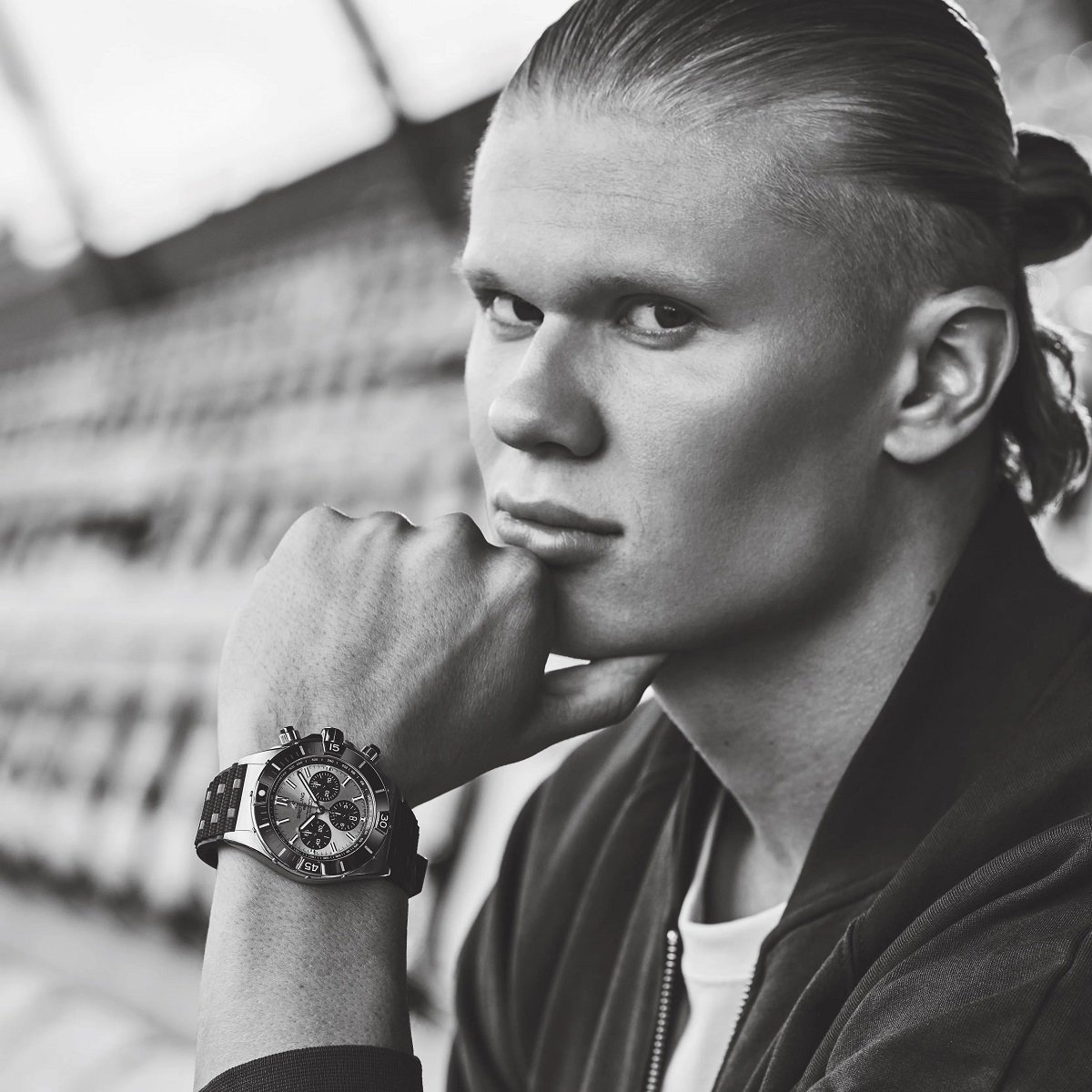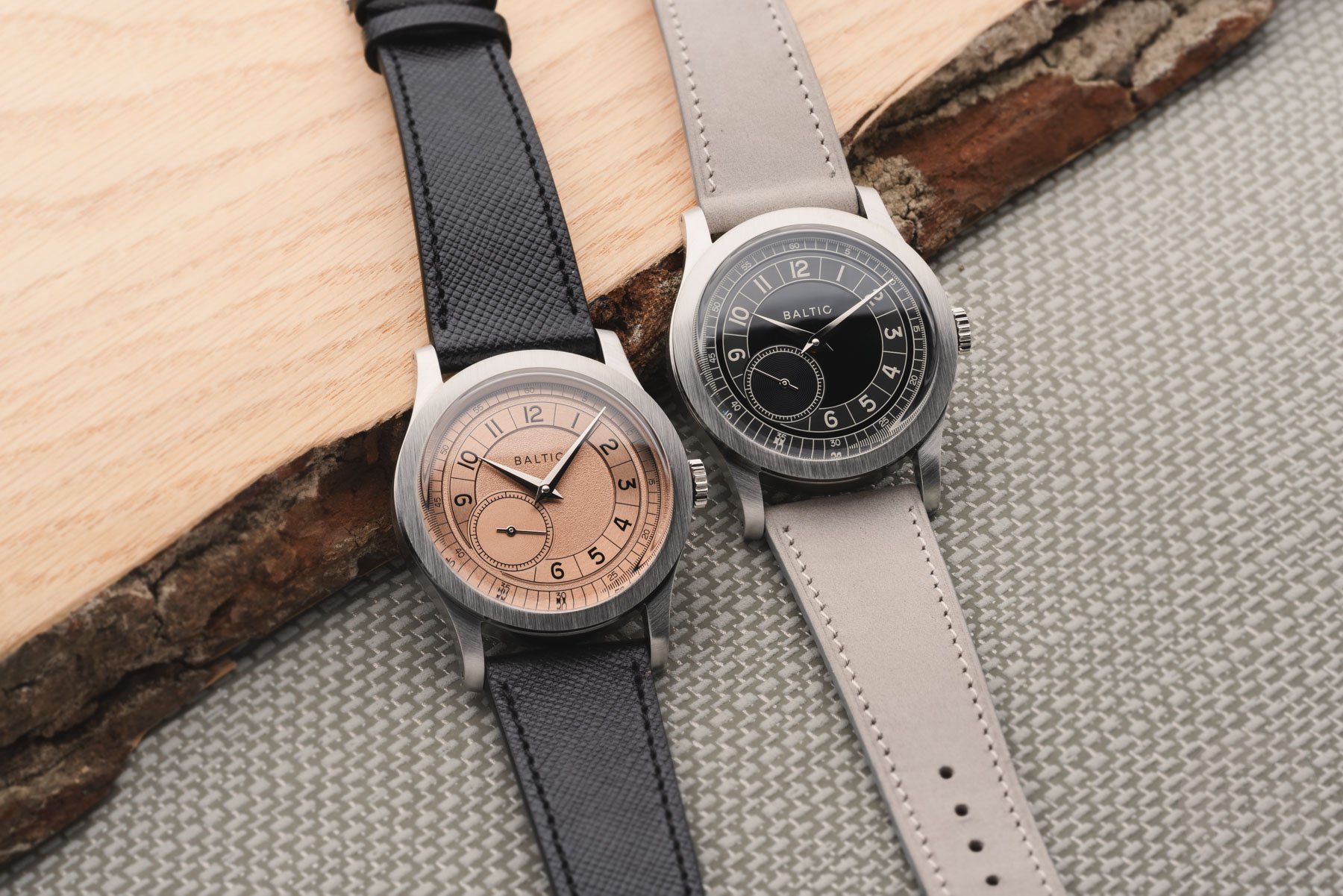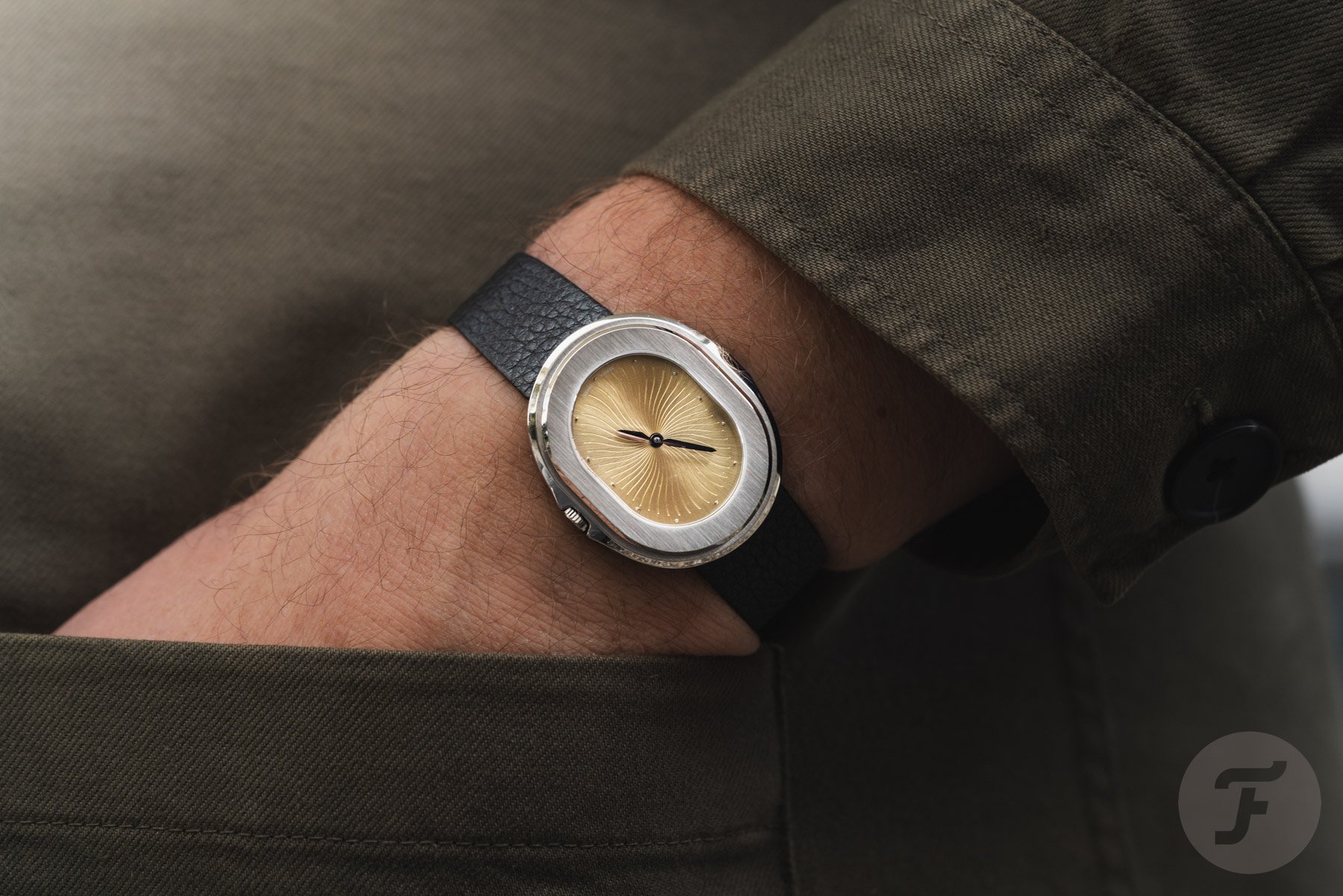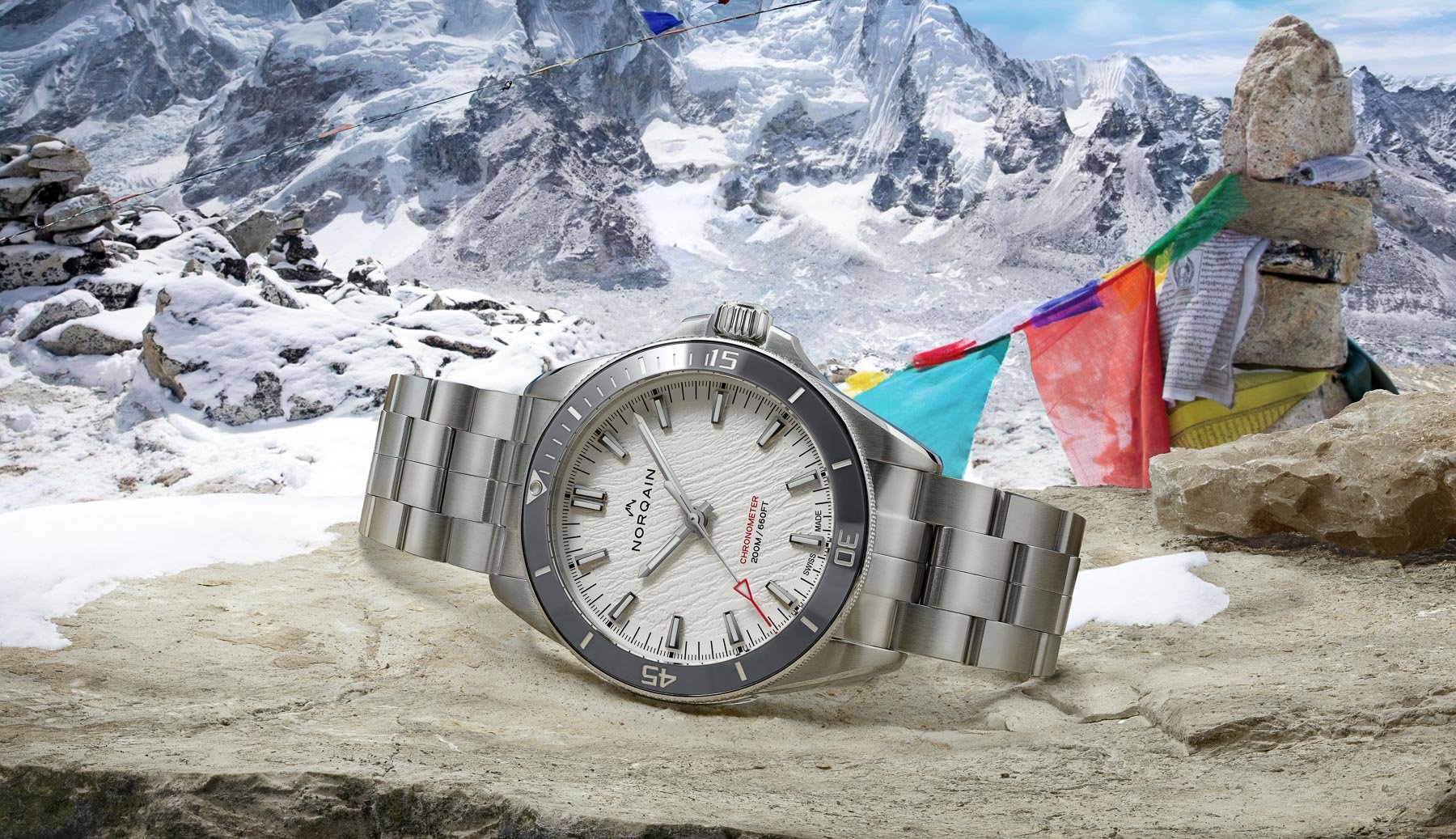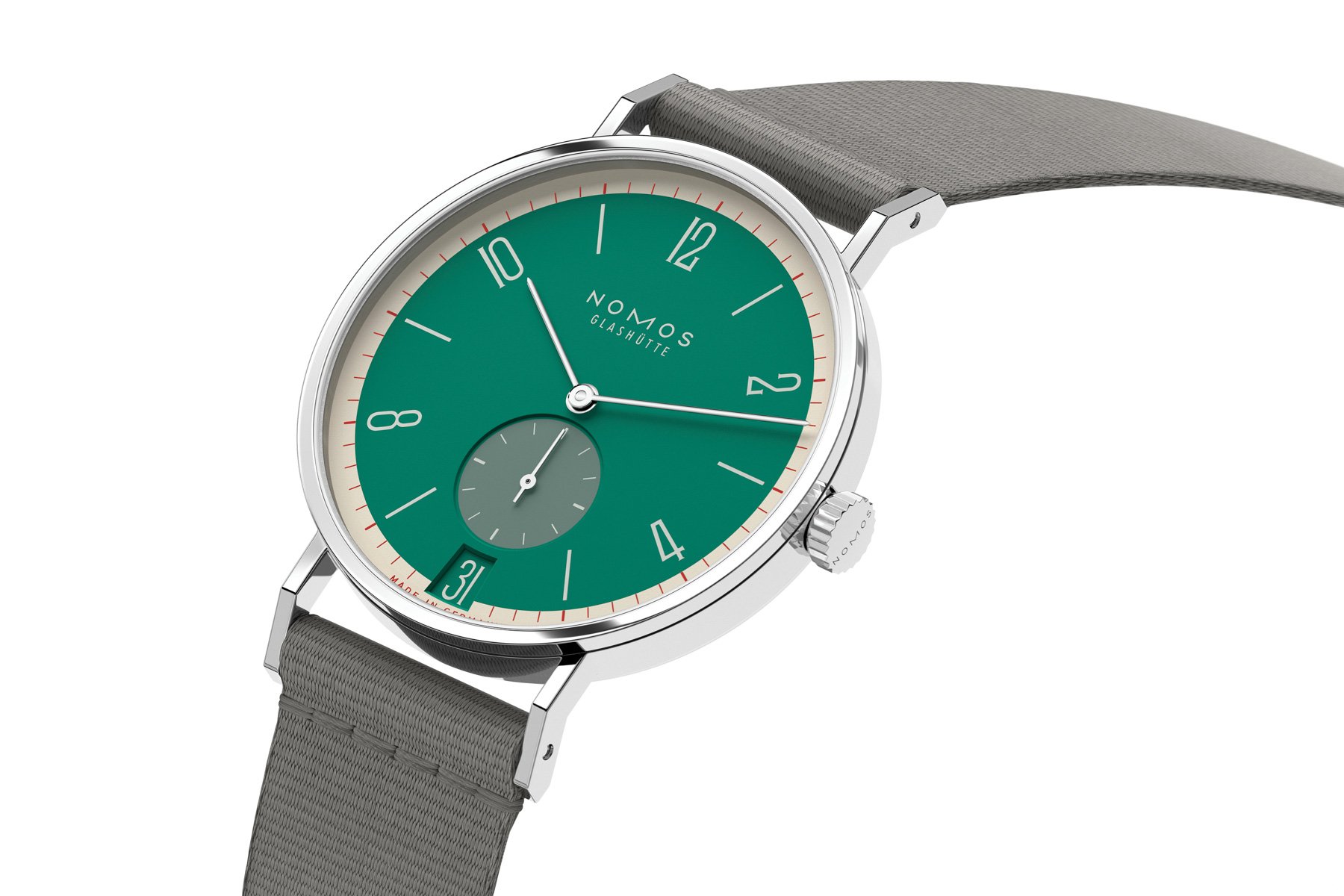Branding 101 — How Luxury Watch Brands Position Themselves To Win Your Favor
Branding is everywhere. Branding is how companies show the outside world what they stand for and who they want to attract as customers, partners, or other stakeholders. Most of us even engage in personal branding to some degree, whether consciously or not. The profile picture and title you choose for your LinkedIn profile could be considered personal branding efforts. Branding in our beloved watch world is fascinatingly homogenous. Most luxury watch brands use very similar branding with only marginal differences to vie for your favor.
The subject came to my attention as I am in the process of building a small watch company myself. I covered the first two years in a series of articles ambitiously titled Building A Watch Brand. Looking back, I knew nothing about building a brand. I was merely designing a watch and a webshop to sell it through. It took insights from fellow Fratello writer Jorg Weppelink, who has a history in brand strategy, to realize I was — largely subconsciously — engaged in branding. Suddenly, I saw the branding efforts of other watch brands in a new light. Today, I would like to share with you some views on branding in the watch world.
“Branding” isn’t a dirty word per se
If you are anything like me, the word “branding” makes the hairs on your neck stand up. I always felt it was the fake veneer on top of a company’s actual work. I considered it the boastful and desperate cries for attention designed to shake your hard-earned money out of your pocket.
While this is partially justified, we should see branding in a broader and more neutral light. Branding should be an entity’s effort to show the world what is on the inside. If you make a good product, you cannot just rely on people to automatically come to you. You will have to somehow convey your philosophy in an engaging and catchy manner. Our attention span is shorter than ever. You may only have a second in front of potential customers’ eyes. Branding is everything you do to help those people know if you are a good fit for them. In this sense, branding isn’t about luring people in; it is just as much about keeping people out.
Branding is done right when identity and image align. When an entity pursues an image that doesn’t fit its identity, we suddenly see branding as a fake veneer. When done right, though, it helps us quickly assess whether something is for us. In the watch world, as anywhere else, we see examples of both. In short, “branding” isn’t a dirty word by itself, but it can get very ugly in the wrong hands.
The trifecta of luxury watch branding
On to our beloved watch world. Jorg introduced me to a fantastic Frontify article by branding expert Willem Haen. Haen takes nine luxury watch brands and analyzes their branding efforts. He quickly realized that they all leaned heavily on three core values — heritage, craftsmanship, and innovation.
This makes a lot of sense if you consider that good branding is a reflection of one’s identity. You have to play to your strengths, and if you have a long history of watchmaking innovations, you want to emphasize that. This trifecta of watch branding has become the gold standard. It is so effective that it successfully keeps a large group of customers away from new watch brands. A high-end luxury watch simply must convey heritage, craftsmanship, and innovation. A new brand is automatically — by definition, actually — excluded from this golden category of watch brands. It is an effective, conservative, and defensive strategy.
Clever as that may be, it leaves the heritage brands all fishing in the same pond. As Haen describes, they have yet another branding element they all pursue — location. Most heritage brands list their hometowns in their logos and show their premises on their websites. Since most Swiss heritage brands are from western Switzerland, this, again, leaves little room for differentiation. They run a risk of such values losing their power through sheer overexposure. Think, for instance, of the term “precision” in watchmaking. That hardly means anything anymore.
Not all heritage is created equal
Still, even if you build your brand on the trifecta of watch branding, there is room for differentiation. Rolex, for instance, likes to emphasize its products’ durability. This is why you see a lot of underwater-themed branding and design with The Crown. Omega, on the other hand, lays a strong and warranted claim on space travel. Those are similar selling points at their core, but they result in very different vibes nonetheless.
Meanwhile, brands such as Patek Philippe, Vacheron Constantin, Breguet, and Jaeger-LeCoultre take a more inward approach. They emphasize the connection between heritage and craftsmanship more strongly.
Breitling is a standout brand for me as it blends the trifecta with youthfulness and likeability. Most heritage watch brands have an elevated, distant demeanor. Breitling seems to reach across the aisle to meet you halfway. At the same time, the brand went from primarily aviation-themed advertising to a very broad roster of activities and ambassadors, from surfers to footballers and from actors to triathletes. What do Erling Haaland and Charlize Theron have in common? Not much, I would say, except for their connection through Breitling. I wonder if this breadth is beneficial in the long haul.
Branding for those without heritage, innovation, and craftsmanship
It is impossible for young watch brands to claim the trifecta believably. They can pursue craftsmanship and innovation, but heritage only comes with the years. I see three primary alternatives among young brands and microbrands — the affordable alternative, adventure, and style.
Baltic springs to mind when considering the first. Its premise was always to bring the charm of vintage watches to the masses, offering an affordable and reliable alternative to costly and complicated vintage watches. Christopher Ward is another, with its “Do your research” slogan that emphasizes value for money. That other young French brand, Serica, comes to mind when I think of style. You can have your slice of Parisian flair and cool with a slick new Serica Parade on the wrist.
However, have you ever noticed how many watch brands feature oceans, mountains, and forests in their branding? “Built for adventure” is probably the most common selling point among brands that cannot claim the watch branding trifecta.
Could there be more variety?
These watch branding archetypes have become so standardized that it is hard to even think of different ways of doing it. They have become something of a golden cage; they might not lead to great diversity, but you will probably sell a few watches if you stick to them. This is true for most categories, by the way. Just think of cameras, cars, or even toothpaste, for that matter.
Even business models converge. Buying watches from different brands results in very similar experiences. The unique selling points become more and more specific — a year-longer warranty here, a second cup of coffee while trying the watch on there… Even most watch brands’ websites and photography look extremely similar.
This is, however, the sign of a mature category. We have found a recipe that works and meets consumers’ needs. Still, it opens the door for more radical new approaches. Could there be different business models with different branding to cause a stir? Please do let us know in the comments below if you have examples of such brands!

